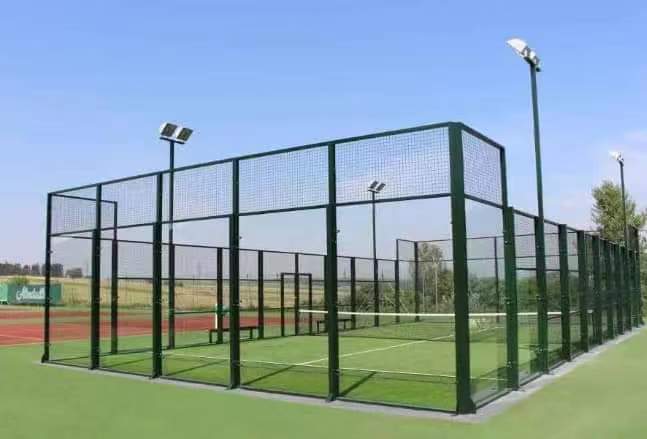What are the different padel surfaces?
2024-01-30
Padel surfaces: understanding the different types
Padel, a racquet sport that combines elements of tennis, squash, and handball, has seen a significant rise in popularity in recent years. A key aspect of padel is the court surface, which can greatly affect the playability and strategy of the game. In this article, we will explore the different types of padel surfaces and their characteristics.

Sand-based surfaces
The most common type of padel surface is the sand-based surface. These courts are made up of a layer of sand that is typically 10-15 cm deep. The sand provides a stable and resilient surface that can absorb impact and reduce the risk of players sliding or falling. Sand-based surfaces provide good traction and allow for a wide range of shots, making them suitable for competitive play.
Artificial surfaces
Artificial padel surfaces are made from synthetic materials and are becoming increasingly popular. These surfaces are typically harder than sand-based courts and provide a faster playing surface. Artificial surfaces can be either non-porous or porous, with the latter allowing water to drain through and keeping the court in good condition during wet weather. Artificial surfaces are often used in venues where there is a high volume of play or where the natural ground conditions are not suitable for a traditional sand-based court.
Natural Surfaces
Although less common, there are also natural surfaces used for padel courts. These are typically made from crushed limestone or gravel, and they provide a different playing experience compared to sand-based or artificial surfaces. Natural surfaces tend to be more uneven and can have a higher risk of players sliding or falling. However, they can also provide a more authentic and traditional playing experience.
In conclusion, padel surfaces come in various forms, each with its own unique characteristics and benefits. Sand-based courts provide stability and traction, while artificial surfaces offer speed and durability. Natural surfaces provide an authentic playing experience but require more care and attention to maintain. The type of surface chosen can also affect the strategy and playability of the game, so it’s important to understand the characteristics of each surface when choosing the right court for your needs.




